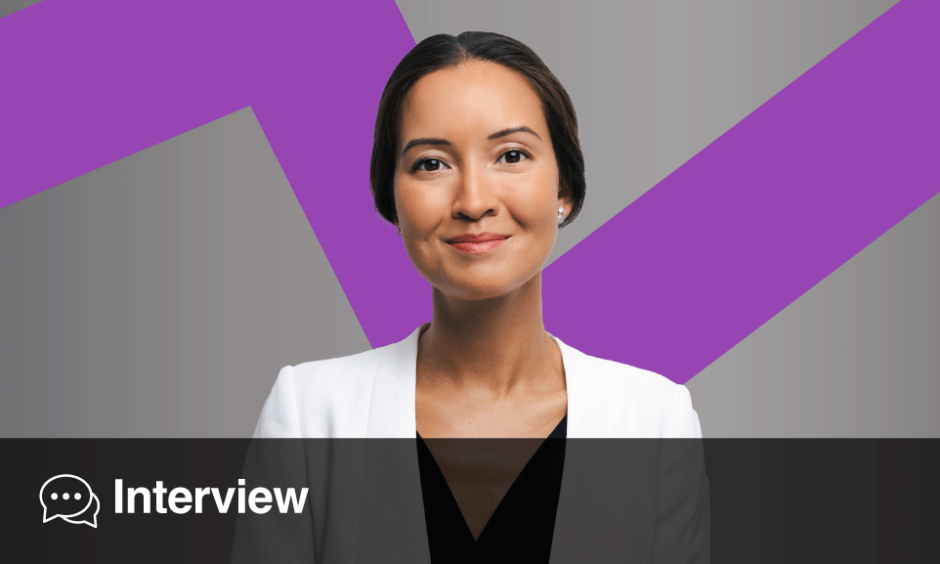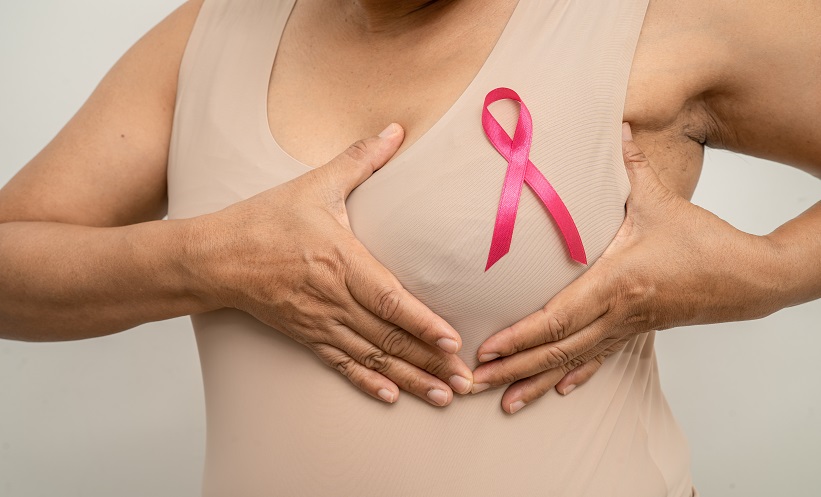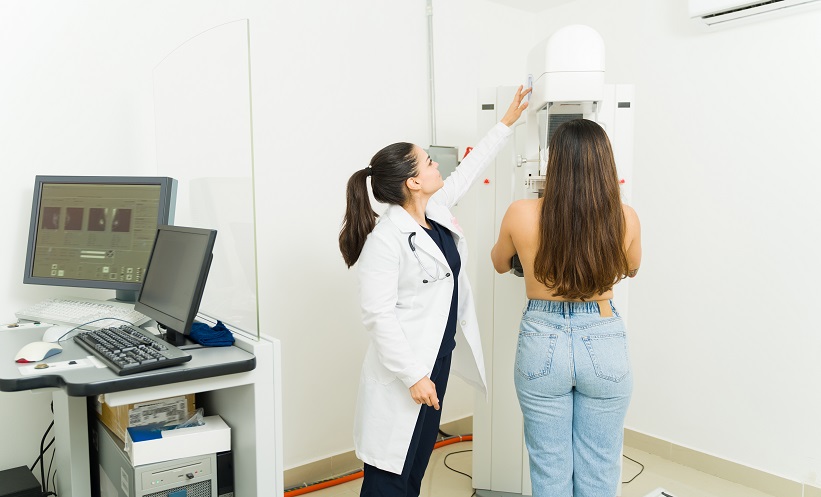Susan Shelmerdine | Paediatric Radiology Consultant, Great Ormond Street Hospital, London, UK.
Citation: EMJ Radiol. 2024;5[1]:47-49. https://doi.org/10.33590/emjradiol/10305013.
![]()
You now work in paediatric radiology, and have previously worked in paediatric post-mortem radiology. What led you to specialise in these areas instead of other aspects of the field?
I’ve always loved working with children, and ever since my medical training, I felt that children’s hospitals were a very upbeat, positive, and friendly environment to work. You might think it’s strange that I then transitioned to learning about post-mortem imaging, which may not sound so upbeat and positive. However, I felt that it was a part of imaging that wasn’t being addressed properly. Children on the whole don’t have serious illnesses, and don’t die on the same scale as adults. Some do, but on the whole, they’re pretty healthy. However, there is a huge population of perinatal deaths that we don’t see, hear, or talk about. Throughout the world, every year, approximately 2 million babies are stillborn, and 23 million miscarriages happen. Many parents suffer from not knowing how or why this has happened. In the past, the best we could offer them was either a full autopsy or nothing, and many parents suffered in isolation. They don’t want an autopsy, because it’s very invasive and emotional, but they do want answers. Imaging has become something we can now offer, allowing us to scan babies and children who have died, and potentially find some reasons as to why this has happened. We can give some closure to parents, or even help understand whether or not this is likely to happen again if we find a genetic or recurrent problem. I was interested in this research, because not many people were doing it, and I felt it was an area of need, to offer more understanding for a part of the population that doesn’t get a huge amount of attention.
You developed the INTACT biopsy procedure for perinatal autopsy. Could you tell our readers a little about the procedure and its applications?
Although we try our best to move from something invasive to non-invasive with imaging, there are times when you want to investigate a death, where having tissue samples from the deceased would be helpful. For example, when you want to look at the cell makeup of a particular tumour that you see on the imaging, or you want information on genetics, metabolomics, infection, or microbiology. Whilst we try our best to image and not do anything invasive, occasionally, a small sample from the patient would be helpful. How do we do this in the most minimally invasive way possible? In live patients, we do biopsies of things that we think look abnormal, rather than a full operation. The whole idea of the INTACT biopsy was trying to do that but for the deceased, and in children in particular. INTACT stands for INcisionless TArgeted Core Tissue biopsy. What I was trying to do with this was to take tissue samples from a perinatal death without making any incisions to the body at all, keeping it as intact as possible. We do this by using a needle biopsy tool directed through the umbilical cord. Through this one entry point, we’ve managed to take tissue samples from the lungs, the heart, the kidneys, the liver, and the spleen. Because babies are quite small, with a long enough needle, you can actually target multiple organs through that one area that’s central in the body, without having to make extra incisions anywhere else. We found that it was quite effective, and over 75% of the time, the tissue biopsies were suitable for analysis by the pathologist. You will probably think, “well, biopsies aren’t something new, people were doing biopsies before,” and the truth is, people were doing biopsies, but they were often doing this blinded by using body landmarks, feeling bones, and then targeting the needle underneath the bone where they thought the organs would be, which was less than 50% successful. Sometimes they were also using ultrasound guidance, but making multiple incisions and holes in the body. With the INTACT biopsy, we were doing it under ultrasound guidance, and only through one particular entry point. So, even though you’ve taken lots of samples of tissues, when you return the baby to the parents, it doesn’t look like anything has been done to them, and we have more information than we would with just imaging alone.
A popular topic in all aspects of medicine, but particularly radiology, at the moment is artificial intelligence (AI). How are you already applying new AI technology in your practice?
I feel very lucky to be a radiologist because I feel like we are at the cutting edge of using AI technology in healthcare. There are more AI tools available in radiology than any other medical specialty right now, so it’s an exciting time to be a radiologist! Unfortunately, paediatric radiology AI is probably a little more behind than adult imaging. However, in my hospital, we are using one tool called BoneXpert to help us look at hand X-rays from children and predict their bone age, which is really important for children who are having hormone treatment, have hormonal problems, or are too short for their age, to investigate whether they have delayed growth or some other problem. This, I believe, is the most commonly used AI tool internationally. I’ve previously done a survey of paediatric radiologists internationally, asking them questions about how they are using AI in their practice. I would say the top tools they use are for bone age prediction. In some places, AI also has uses in cardiac imaging, although that’s a very subspecialist part of paediatric radiology, not your ‘bread and butter’ imaging. In my practice, as an academic radiologist, we are working with AI companies in many ways to try to develop and test AI tools for children, so that they are not left behind with this brand new technology that others benefit from. My particular research is trying to develop an algorithm that can detect bone fractures in children’s bones, which look different to adults, because they’re still growing, and children of different ages have very different looking bones. But we are also testing commercially available tools that exist for adults on this and seeing how accurate they are in children. We are working with other AI collaborators on how we can look for emergency findings on chest X-rays, for example, abnormal line and tube placement, and our intensive care colleagues are very keen to push that forward.
In what ways do you believe AI will change paediatric imaging in the future?
It’s really hard to predict the future, especially when AI is so fast moving and so many new developments are happening all the time. Because children as a population are a little bit smaller in number than adults, we have to work with the most common things in children if we want to use AI, because we need enough cases to train an AI to detect problems. For things like bone fractures, which are common, or tube placements, which are also very common, I do think these tasks may become automated in some way in the future. But I also think the most useful AI is what I call ‘boring AI’. It is working in the background, and helping things get processed without you even knowing it is there. I feel that is going to be a big part of AI for all specialties, but particularly paediatrics in the future. I don’t think flashy, in your face, lifesaving AI will take the headlines, but rather things that really speed up our processes in a paediatric hospital. For example, we have children that cannot sit still for their scans, so there is motion on the imaging. AI will correct that. AI will help reduce the time it takes to scan a whole body from half an hour to maybe 5 minutes. It speeds up MRI acquisition, so children don’t need to have sedation or a general anaesthetic to tolerate these scans. It will probably be AI that helps reduce the amount of radiation we impart to a child having repeated scans for cancer follow-up. It will be things that speed up processes, reduce appointment times, or make sure we don’t have to recall patients to have repeated imaging, which then blocks up our backlog of appointments. I think AI that helps us with that will be more useful, and we will see immediate effects. The problem with so much AI right now that detects things on imaging is that, whilst it looks fancy and flashy, and it can diagnose a problem, there is very little evidence at the moment that it actually improves patient outcomes or that it is cost effective. That will take a lot longer and timelier studies to find out. It will be much easier to prove the efficiency and cost savings for a hospital for things that speed up processes.
Do you think that AI will be a large part of every radiologist’s practice in the near future?
Absolutely. I don’t think it will replace radiologists, but I do think it will replace certain tasks that radiologists do. For example, when someone requests a scan, we have to vet them, say whether they’re appropriate or inappropriate, and then say what kind of imaging would be best suited for the problem that the patient-facing doctor wants answered. I think some of those things could be automated with AI. It might save us time if we don’t have to protocol and vet scans quite so frequently, and only for the very unusual cases where our opinion is needed. That can speed up processes, and help book patients onto appropriate scanners faster with the appropriate type of imaging protocols. I think a few aspects in our jobs won’t have to happen quite so much, but I don’t think our jobs will be replaced, at least not for the very near future.
Could you share with our readers what you think is the most exciting development happening in paediatric or forensic radiology at the moment?
There are two things that I think are exciting, one more academic and the other organisational. The organisational thing is that more people are interested in wanting to take it up as a service. When I started doing it, I was seen as someone who was quite strange, who wanted to do this niche project and specialty. Now we have proven the benefit of it, and patients really want it, there aren’t enough imaging experts who are experienced in this subarea to be able to offer that service. I see many people wanting to offer it, learn about it, talk about it, and get their hands on exposure to this kind of imaging. I think it is really exciting to be able to see multiple new services for post-mortem imaging developing across the country and internationally, because I think it will benefit so many parents and families, and hopefully patients, if we can find a problem during the pregnancy and stop that from happening again with a future pregnancy. The second thing is in forensic imaging, where we’re now seeing the rise of new imaging techniques. One that I’ve been involved with is micro-CT scanning, which is like a CT scanner, except it sees images in very high resolution, up to 10 microns in resolution, which is amazing considering the usual CT scanner is just under 1 mm. We’re now using this to scan bone specimens as well as some pathological specimens, to try to get a sense as to whether or not there are very subtle fractures in particular bones of patients. This can be really important for forensic investigations about injuries and trauma. These things can be very hard to detect both by the pathologist and by the radiologist, but hopefully, harnessing this new technology gives us that extra bit of information to help put the pieces together for a challenging case. Not many places have a micro-CT scanner, but more and more of them that are currently being used for animal studies are being repurposed for this particular research area. I think that’s an exciting area of development.








